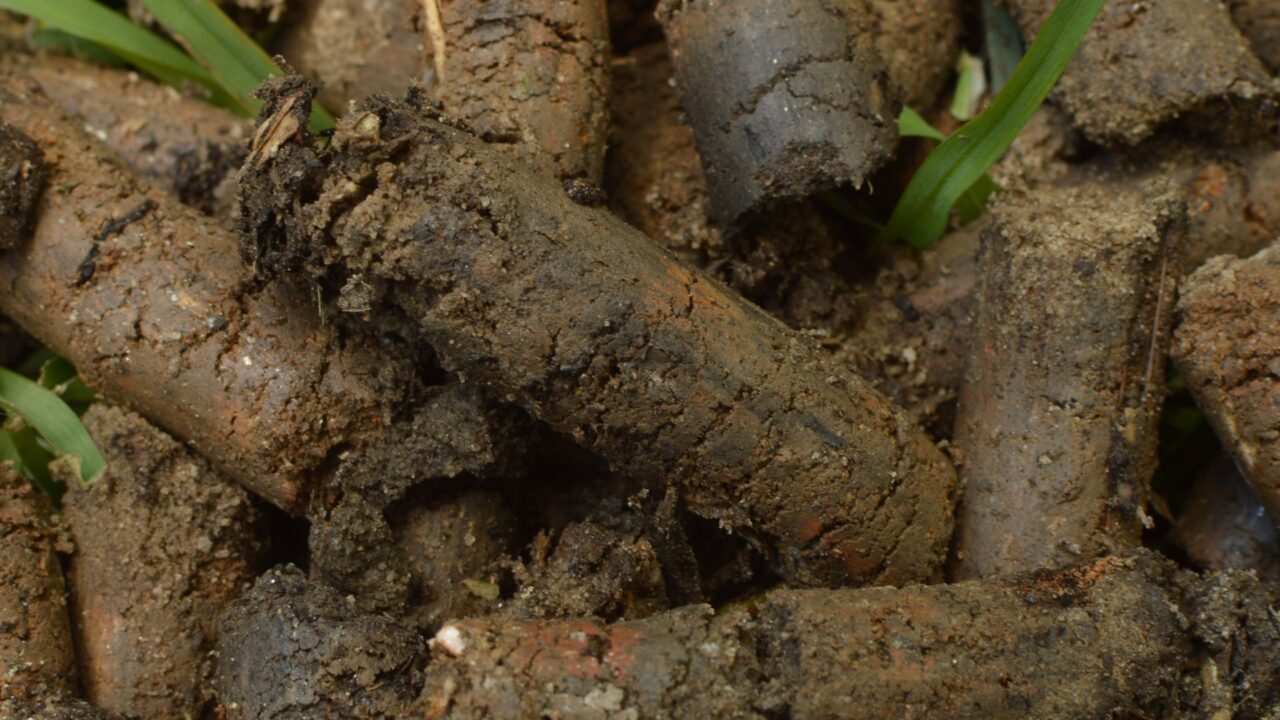Yes — you can overseed without a core aerator, but results depend heavily on how well you prepare the surface and ensure seed-to-soil contact. Alternatives like dethatching, slit seeding, or aggressive raking can still lead to a healthier lawn, especially if timed correctly in late summer or early fall.
No Aerator, No Problem?
You’ve decided to overseed your lawn — great move. But when it comes to prep, you don’t have a core aerator, and renting one might be out of budget or simply inconvenient.
So… will overseeding still work without aeration?
The answer is yes — with the right tools and techniques, homeowners in Northeast Ohio can still see solid results. But skipping aeration means you’ll need to put in a little extra effort elsewhere.
Let’s walk through your options, what works (and what doesn’t), and how to boost your success rate without renting or hiring for aeration.
Why Aeration Matters (and What You’re Missing)
A core aerator pulls 2–4” plugs from your lawn, breaking up compaction and creating holes for grass seed to fall into. This is especially helpful in our region, where clay-heavy soils and years of foot traffic leave the ground tight and inhospitable.
If you skip it, you miss out on:
-
Improved seed-to-soil contact
-
Better water and air flow to roots
-
Reduced compaction that hinders germination
That said, overseeding without aeration can still be effective — but only if you address those issues another way.
Alternative Methods to Prepare Your Lawn Without Aeration
🪓 1. Dethatching
Use a dethatching rake or machine to rip up built-up thatch and dead grass. This exposes more soil and removes the sponge-like layer that can block seeds from reaching the ground.
Best for: Lawns with visible thatch buildup (½” or more)
🧹 2. Power Raking or Heavy Hand Raking
Even if you don’t have a dethatcher, using a stiff rake to aggressively rough up the lawn can open the soil surface enough to help seed settle.
Best for: Small lawns or patchy areas where equipment isn’t practical
🌾 3. Slit Seeding
A slit seeder cuts shallow grooves in the soil and drops seed directly in. It combines soil prep and seeding in one pass — no aerator needed.
Best for: Large or severely thin lawns, or when you’re doing a full renovation
🌧️ 4. Topdressing with Compost or Soil
Spreading a thin layer (¼–½”) of screened compost or lawn soil after seeding helps:
-
Improve contact
-
Retain moisture
-
Add nutrients
Best for: Homeowners trying to improve poor soil without machines
Step-by-Step Guide: Overseeding Without an Aerator
-
Mow Low
-
Cut grass to 2″ or shorter before you begin
-
Bag clippings to expose the soil below
-
-
Rake or Dethatch
-
Manually rake or dethatch to loosen dead material
-
This also roughs up the soil surface — your goal is contact
-
-
Spread High-Quality Seed
-
Use a spreader for even coverage (more in bare areas)
-
Choose a Northeast Ohio blend with ryegrass, fescue, and bluegrass
-
-
Topdress (Optional but Recommended)
-
Apply a thin layer of compost or enriched topsoil
-
Lightly rake or roll it in to cover about 30–50% of the seed
-
-
Water Consistently
-
Keep the soil moist, not soggy, 2–3 times daily
-
Continue for 2–3 weeks or until grass is well-established
-
When Skipping Aeration Still Works Well
- Lightly compacted lawns
- Small areas or touch-ups
- Lawns overseeded annually (already in decent shape)
- When you’re also topdressing or dethatching thoroughly
In these cases, you may not notice much difference — especially if you water well and apply seed generously.
When You Should Rent or Hire an Aerator
- Heavily compacted clay soil (very common in older suburbs)
- No rainfall or irrigation system available
- You haven’t overseeded or aerated in 3+ years
- You’re trying to completely renovate a weedy or bare lawn
In these scenarios, the seed simply won’t penetrate deeply enough to compete or survive — and results will likely be disappointing.
Long-Term Tip: Add Aeration Next Season
Even if you skip it this year, plan to aerate next season — ideally as part of a fall lawn health routine:
-
Overseed annually (mid-August to late September)
-
Aerate every 1–2 years
-
Topdress when needed to improve soil biology
Together, this keeps your lawn thick, weed-resistant, and far easier to maintain.
FAQ: Overseeding Without Aeration
Can I just throw grass seed on my lawn and water it?
You can — but results will be poor unless the seed touches soil. Use a rake or topdress to improve contact.
Is dethatching as good as aerating for overseeding?
No, but it helps. Dethatching removes surface barriers but doesn’t break up soil below. For light renovations, it can be enough.
Can I rent a slit seeder instead of an aerator?
Yes — slit seeders are even more effective in some cases. They cost more but offer precise seeding and soil contact in one pass.
What’s the best time to overseed without an aerator?
Late summer to early fall in Northeast Ohio is ideal. Warm soil and cool air create perfect germination conditions.
Do I need to add compost or topsoil after overseeding?
It’s not required but highly recommended — especially without aeration. A ¼–½” layer boosts germination and helps with water retention.

